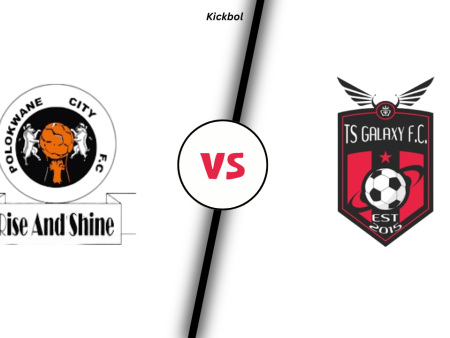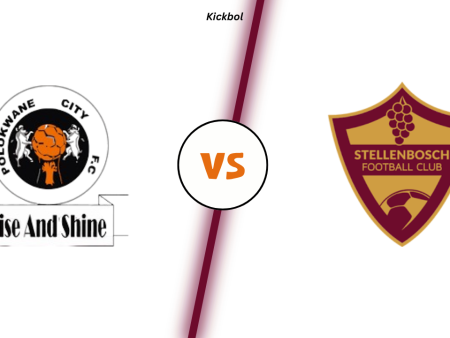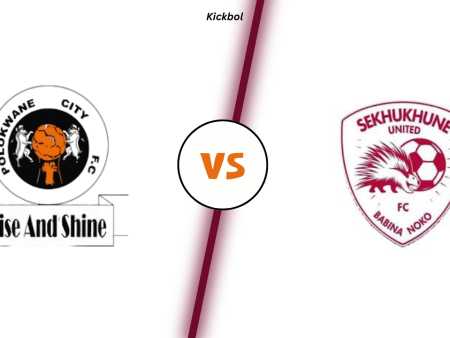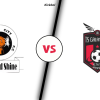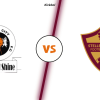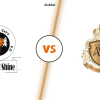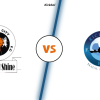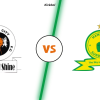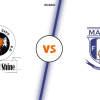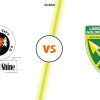Le rivalità calcistiche sono spesso radicate nella geografia, ma l'intenso scontro tra Crystal Palace e Brighton & Hove Albion, situati a circa 40 miglia di distanza lungo l'autostrada M23, sfida quella convenzione. La loro rivalità è un fenomeno relativamente recente, acceso negli anni '70 e alimentato da mosse manageriali controverse e feroci battaglie sul campo.
Testa a testa: una questione molto combattuta
| Statistica | Palazzo di cristallo | Brighton e Hove Albion |
|---|---|---|
| Totale partite giocate | 109 | 109 |
| Vittorie del Crystal Palace | 40 | 39 |
| Disegna | 30 | 30 |
| Gol segnati dal Crystal Palace | 147 | 146 |
| Gol segnati dal Brighton & Hove Albion | 146 | 147 |
Le statistiche dipingono un quadro di una rivalità definita da parità e risultati imprevedibili. Nessuna squadra detiene un vantaggio dominante in vittorie o gol segnati, preparando il terreno per incontri emozionanti in cui tutto è possibile.
Stili di gioco e formazioni: approcci contrastanti
- Palazzo di Cristallo: Sotto Patrick Vieira, il Crystal Palace ha adottato uno stile di gioco fluido e offensivo. Spesso utilizzano una formazione 4-3-3, dando priorità alle transizioni rapide, all'attacco diretto tramite ali e ai talenti creativi di giocatori come Eberechi Eze e Wilfried Zaha.
- Brighton e Hove Albion: Il Brighton, sotto la guida di Roberto De Zerbi, è diventato sinonimo di calcio basato sul possesso palla. Spesso si schierano in un 4-2-3-1 o in un 3-4-3, enfatizzando il gioco di costruzione controllato, i passaggi pazienti e lo sfruttamento degli spazi tra le linee. La loro fluidità in attacco li rende difficili da difendere.
Storia: dal rancore alla vera rivalità
Le origini della rivalità risalgono agli anni '70, quando i club gareggiavano regolarmente nelle serie inferiori. La tensione si intensificò durante la stagione 1976-77, con entrambe le squadre in lotta per la promozione. Una serie di partite molto combattute generò malcontento tra i due gruppi di tifosi.
Le cose presero una piega drammatica quando Alan Mullery, manager del Brighton, si unì al Crystal Palace nel 1982. Questa mossa fu vista come un tradimento dai tifosi del Brighton e infiammò ulteriormente la rivalità. Il ritorno di Mullery al Brighton come manager del Palace non fece che consolidare l'animosità tra i club.
Cronologia dei trasferimenti recenti: ambizione contro stabilità
- Palazzo di Cristallo: Negli ultimi anni, il Palace ha adottato un approccio più ambizioso alla propria strategia di trasferimento. Il loro obiettivo è consolidare la propria presenza in Premier League con l'acquisto di giovani talenti promettenti come Marc Guéhi, Michael Olise e Odsonne Édouard.
- Brighton e Hove Albion: L'attività di trasferimento del Brighton riflette la loro attenzione alla stabilità e allo sviluppo a lungo termine. Sottolineano l'identificazione di giocatori ad alto potenziale operando all'interno di un budget più controllato. Acquisti chiave come Moisés Caicedo e Kaoru Mitoma esemplificano la loro abilità di scouting.
L’incidente del “Poo-gate”: una rivalità alimentata dalla controversia
Uno dei capitoli più infami della rivalità si è verificato nel 2013. Prima di una semifinale dei playoff, i giocatori del Crystal Palace hanno scoperto escrementi umani imbrattati nello spogliatoio del Brighton. Questo incidente ha avvelenato ulteriormente l'atmosfera tra i club ed è diventato noto come "Poo-gate".
La rivalità oggi
La rivalità tra Crystal Palace e Brighton è ora una delle più accese in Inghilterra. Entrambi i club si stanno affermando come pilastri della Premier League, alzando la posta in gioco delle loro partite. La combinazione di storia, stili di gioco contrastanti e imprevedibilità in campo rendono il derby M23 un appuntamento imperdibile per gli appassionati di calcio.
Insomma
La rivalità tra Crystal Palace e Brighton & Hove Albion è una testimonianza del potere del calcio di forgiare passioni profonde. Pur non avendo la lunga storia dei derby tradizionali, si è evoluto in uno spettacolo definito da competitività, dramma e un tocco occasionale di bizzarro. Mentre entrambi i club continuano a progredire, il derby M23 sembra destinato a diventare ancora più intenso e accattivante negli anni a venire.
